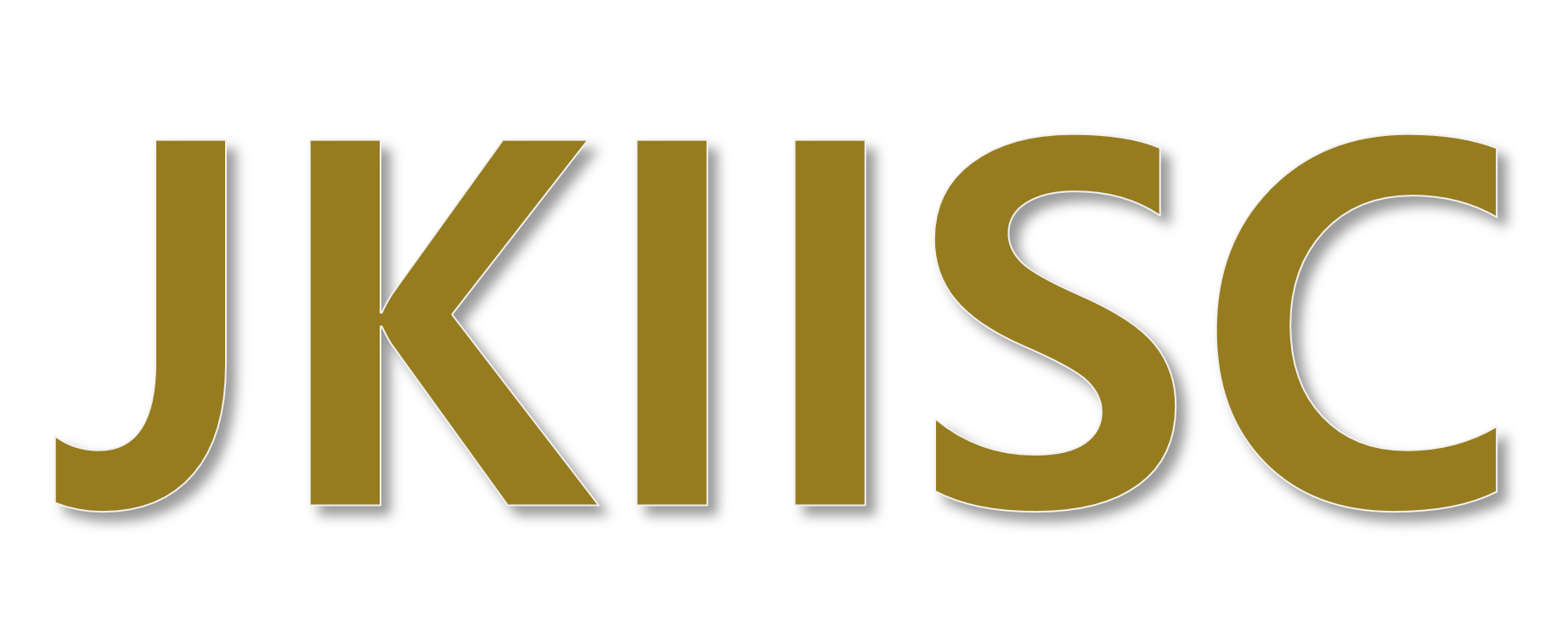Sparse 구조의 다변수 이차식 기반 서명에 대한 안전성 분석
Vol. 34, No. 1, pp. 1-9,
2월.
2024
 https://doi.org/10.13089/JKIISC.2024.34.1.1,
Full Text:
https://doi.org/10.13089/JKIISC.2024.34.1.1,
Full Text:

Keywords: Post-Quantum Cryptography, MQ-based signature, cryptanalysis
Abstract Statistics
Cite this article
Keywords: Post-Quantum Cryptography, MQ-based signature, cryptanalysis
Abstract Statistics
Cite this article
[IEEE Style]
조성민 and 서승현, "Security Analysis on Multivariate Quadratic Based Digital SignaturesUsing Sparse Matrices," Journal of The Korea Institute of Information Security and Cryptology, vol. 34, no. 1, pp. 1-9, 2024. DOI: https://doi.org/10.13089/JKIISC.2024.34.1.1.
[ACM Style]
조성민 and 서승현. 2024. Security Analysis on Multivariate Quadratic Based Digital SignaturesUsing Sparse Matrices. Journal of The Korea Institute of Information Security and Cryptology, 34, 1, (2024), 1-9. DOI: https://doi.org/10.13089/JKIISC.2024.34.1.1.
